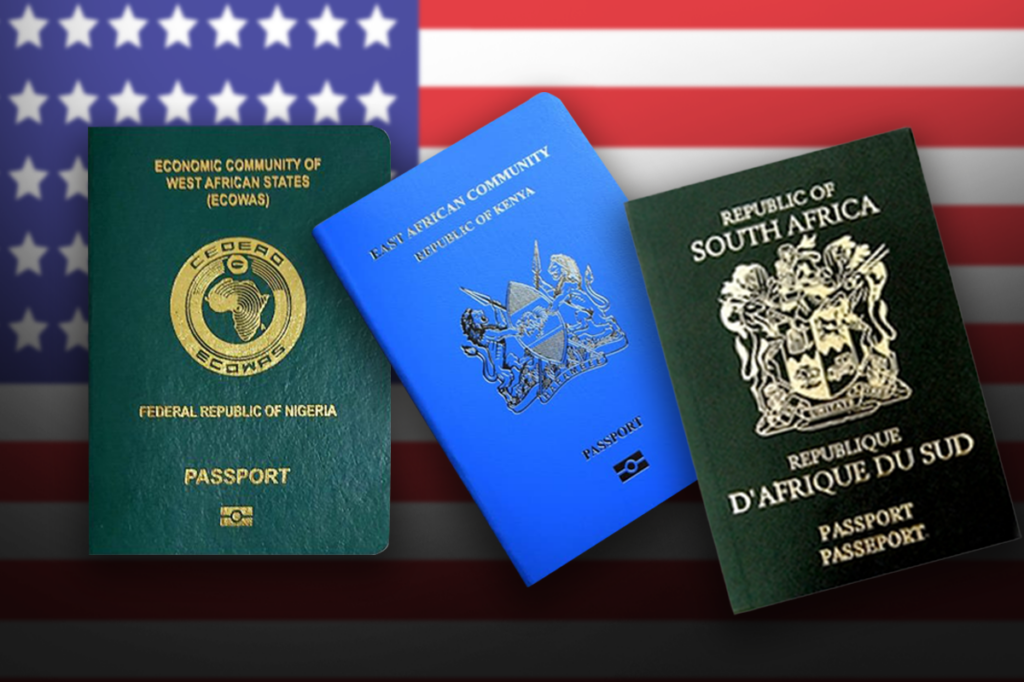Those who are visiting the US on a B-1 or B-2 visa for business or tourism are now able to apply for employment and attend job interviews, according to a recent announcement from the US Citizenship and Immigration Service (USCIS).
#USCISAnswers: Many people have asked if they can look for a new job while in B-1 or B-2 status. The answer is, yes. Searching for employment and interviewing for a position are permissible B-1 or B-2 activities.
Learn more: https://t.co/zFEneq28L9⬇️— USCIS (@USCIS) March 22, 2023
The thousands of highly qualified foreigners affected by recent layoffs at big internet firms like Facebook, Amazon, Google, and Microsoft should take great interest in this news. These businesses have eliminated almost 70,000 jobs just in 2023.
Most often, immigrants who are coming to work for a US firm enter the country on an H-1B visa.
Unfortunately, they only have a 60-day grace period if their employment is terminated to remain in the US.
During this time, they must find another employer to sponsor their visa, change their immigration status, or prepare to leave the country.
Read Also: ‘How UK Immigration Detained Peter Obi’
People who wish to remain in the US often apply for B-1 or B-2 visas for business or tourism, or F-1 visas for studying.
Previously, visitors on these visas were not allowed to look for jobs, but the new policy has changed that. Meanwhile, Indian lawmakers have petitioned the USCIS to extend the 60-day grace period to six months or a year.
What This Means For Nigerians Seeking To Japa
People from poor countries, especially those from Africa and Asia, now frequently travel to the US. Many contend that immigrants’ abilities and contributions to the receiving country are what motivate them to emigrate, despite the fact that poverty, violence, and underdevelopment in their native countries are sometimes thought to be the only reasons that influence their decision to migrate.
According to Intelpoint data, African nationals received a total of 345,610 visitor visas in 2022, including B-1, B-2, and B-1/B-2. In the same year, 7,384 Nigerians were granted F-1 visas in addition to 81,531 B-1/B-2 visas.
Holders of B-1 and B-2 visas are permitted to stay in the US for a maximum of six months, with the option of an extension of up to a year if they make their application at least 45 days before it expires.
The new rule that permits job searches may be advantageous, but it could also make it more challenging for Africans to secure B-1 and B-2 visas because it may be viewed as an additional means of seeking employment in the US.
Although if migration chances have recently improved, the US immigration system still confronts several difficulties. Recall that the Trump administration enacted a number of restrictions aimed at immigration on the grounds that they are displacing Americans from their employment.
It is important to note that this new policy that allows visitors on B-1 or B-2 visas to apply for jobs does not grant work authorisation. This means that they must change their visa status to an employment-authorised status, such as H-1B or L-1, before starting the job.
What are B-1, B-2, and B-1/B-2 visas, and how do they differ?
These are non-immigrant temporary visas which do not permit the holder to work in the US. B-1 visas are issued for business visitors who are travelling to the US on a short-term basis, like attending conferences or conducting business meetings. B-2 visas, on the other hand, are for tourism, like visits or medical tourism. Meanwhile, a B-1/B-2 visa combines both categories, granting entry for either business or tourism purposes.
How do I apply for B-1 and B-2 visas?
Eligibility depends on the ability to prove that the trip is temporary and you can self-fund all the costs of the trip. To apply for a B-1 or B-2 visa, follow these steps:
- Complete and file the Online Non-immigrant Visa Application, also called Form DS-160. This provides the necessary information — personal and travel — to determine whether you’re eligible for a non-immigrant visa. After filling, print the confirmation page which you’ll take to your visa interview.
- Pay the visa application fee, which is typically $160 for B-1 and B-2 visas.
- Schedule an appointment for a visa interview at the U.S. embassy or consulate in your country of residence.
- Attend the interview, bringing all the required documents.


